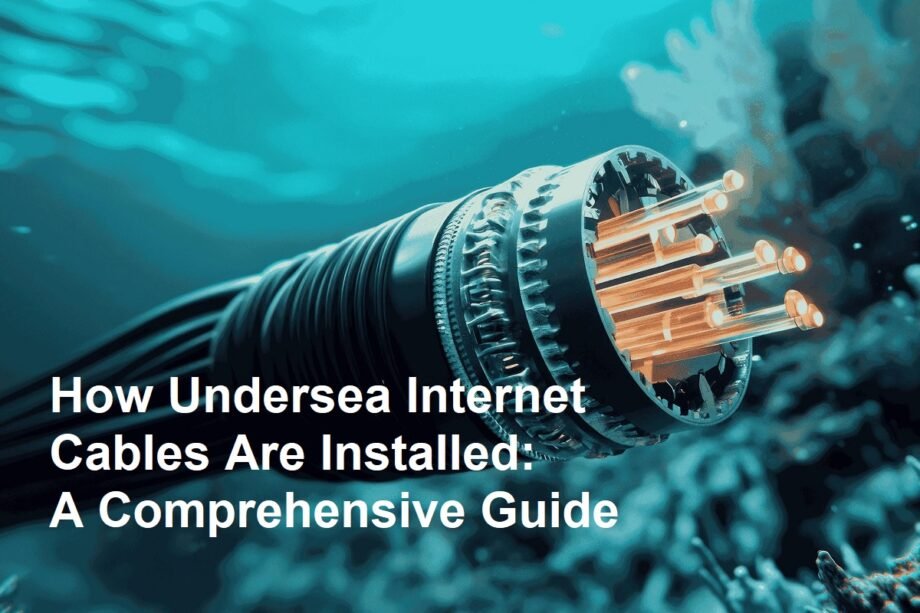Introduction
Undersea internet cables are the unsung heroes of our connected world. Carrying over 95% of international data traffic, these submarine fiber optic cables link continents and countries, enabling everything from video calls and streaming to global financial transactions. But have you ever wondered how these massive cables are installed beneath the ocean? This article will walk you through the entire process of undersea internet cable installation, explaining the technology, challenges, and importance of this critical infrastructure.
What Are Undersea Internet Cables?
Undersea internet cables, also called submarine communication cables, are long fiber optic cables laid on the ocean floor. They transmit data as pulses of light, providing high-speed, reliable internet connectivity across vast distances. These cables are engineered to withstand extreme underwater conditions, including pressure, corrosion, and physical damage.
The Step-by-Step Process of Installing Undersea Internet Cables
1. Planning and Surveying
Before laying a single meter of cable, extensive planning and surveying are conducted:
- Route Survey:Specialized survey ships use sonar and underwater mapping technologies to chart the safest and most efficient path. The route avoids underwater hazards such as trenches, mountains, and areas with heavy ship traffic.
- Environmental Impact Assessment:Experts assess potential environmental effects to minimize harm to marine ecosystems.
- Permits and Regulations:Coordination with governments and international organizations is essential to obtain permissions for laying cables in territorial waters.
2. Manufacturing the Cable
The cable itself is a marvel of engineering:
- Core:Contains multiple strands of fiber optic glass that transmit data as light signals.
- Protective Layers:These include waterproof coatings, steel wire armoring to protect against physical damage, and insulation to prevent electrical interference.
- Length:Cables can span thousands of kilometers and are manufactured in sections that are later spliced together during installation.
3. Cable Laying
The actual laying of the cable is a highly technical and precise operation:
- Cable-Laying Ships:Specialized vessels equipped with large spools carry the cable. These ships slowly move along the predetermined route, carefully releasing the cable onto the seabed.
- Depth Considerations:In shallow waters, cables are often buried using underwater plows or remotely operated vehicles (ROVs) to protect them from fishing activities, anchors, and other hazards.
- Splicing:When multiple cable sections are joined, technicians perform splicing either onboard or underwater to ensure seamless data transmission.
4. Testing and Maintenance
After installation:
- Testing:Engineers use advanced diagnostic tools to test the cable’s integrity and data transmission quality.
- Maintenance:Although designed to last decades, cables can be damaged by natural events or human activities. Repair ships equipped with ROVs locate faults and perform repairs, often retrieving and fixing damaged sections underwater.
Technology Behind Undersea Internet Cables
- Fiber Optics:The core technology enabling high-speed data transfer with minimal signal loss.
- Repeaters:Devices placed every 50-100 km along the cable amplify light signals to maintain data quality over long distances.
- ROVs and Autonomous Vehicles:Used for cable burial, inspection, and repair in deep and challenging underwater environments.
Conclusion
The installation of undersea internet cables is a remarkable feat of engineering, coordination, and technology. From meticulous planning and manufacturing to precise laying and ongoing maintenance, these cables form the invisible threads that connect our digital world. Understanding this process highlights the complexity behind everyday internet use and underscores the importance of protecting and investing in this critical infrastructure.









